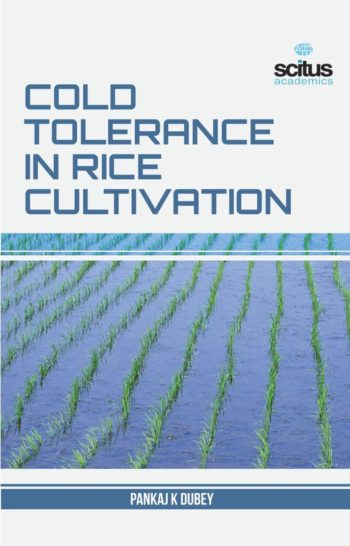Beneficial insects provide natural ecosystem services such as biological control of pests, soil formation, nutrient cycling and pollination of plants. Beneficial insects include pollinators important in the essential pollination process of all plants, and natural enemies of pests such as parasitoids and predators which are important in the suppression of pest damage to crops. Knowledge of management techniques to draw in useful insects within the agricultural fields may be a method forward to reinforce agroecosystems for enlarged crop production. Therefore, correct understanding and identification of natural enemies, also as pollinators in agricultural fields, is important in promoting biological management and fertilization activity. Natural enemies and pollinators, at intervals legume fields, play a key role in making certain property production, particularly in farmer farms. It is important to identify and determine the abundance of beneficial insects in fields as important agents in the provision of the needed ecosystem services for crop production.
This book aims at exploring the existing knowledge and information on beneficial insects in agriculture which will provide the basis for further investigation and recommend adequate management practices. The first chapter is a review of existing knowledge on beneficial insects in bean fields. To map the temporal and spatial provision of ecosystem services, the knowledge of ecosystem and biodiversity is potential for sustainable ecosystem services and avoiding the disservices from agricultural fields. Valuation of the ecosystem services is the step forward towards ensuring ecosystem services sustainability. Next, it will focus on the beneficial effects of ants and spiders on the reproductive value of Eriotheca gracilipes (Malvaceae) in a tropical savanna. Predators affect plant fitness when they forage on them and reduce the action of herbivores. Our study evaluates the complementary effects of spiders and ants that visit the extrafloral nectaries of Eriotheca gracilipes (Malvaceae) on the production of fruits and viable seeds of these savanna trees.
In succeeding chapters, we will study biology and predatory potential of Harmonia dimidiate, a major predator of aphis pomi-de-geer on apple host. Apple plants are attacked by a number of insect pests. Among these, green apple aphid, Aphis pomi De Geer is considered a pest damaging apple nursery plants severely. This aphid pest was first reported by De Geer from Sweden and has now been reported from all the apple-growing regions of Europe, North America, and Southwest Asia. This insect pest infests apple plants throughout the year and poses a great problem to the growers as serious losses occur in nurseries and orchards. This book closes with a chapter that evaluated the completeness and accuracy of the taxonomic knowledge about a group of myrmecophilous beetles, the tribe Pausini (“ant-nest beetles”) of the family Carabidae (Coleoptera, Adephaga, Paussinae), at a global level.














Reviews
There are no reviews yet.